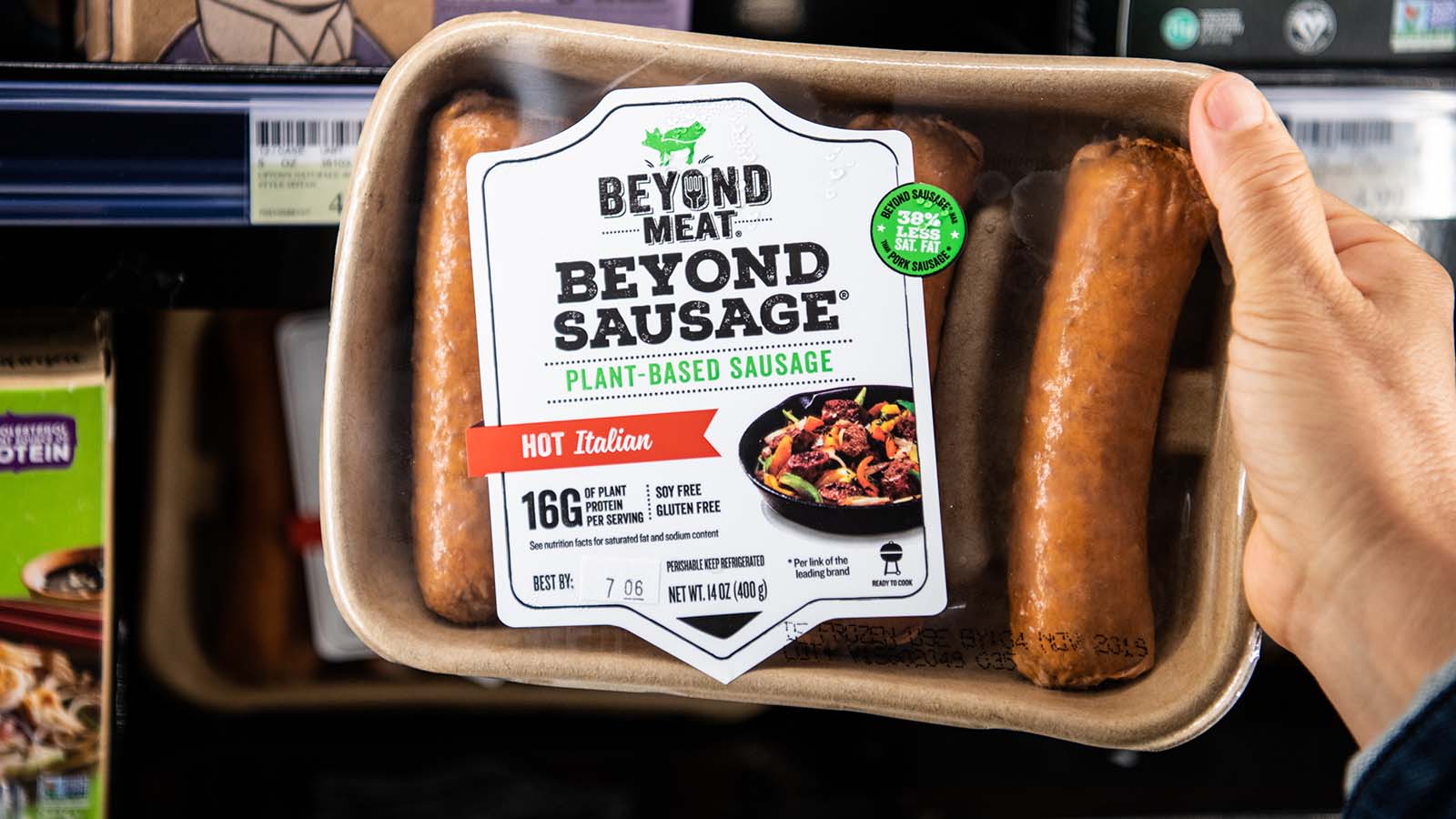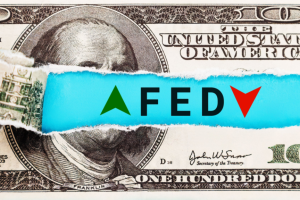
Under reasonable assessments, it’s difficult to come away with any conclusion other than Beyond Meat (NASDAQ:BYND) faces significant challenges. Recently, analysts warned that the plant-based food pioneer operates under “survival mode” and may eventually suffer a bankruptcy. Once a high-flying enterprise, Beyond has clearly struggled since its heyday. However, BYND stock managed to pop higher on Wednesday.
Obviously, the main question centers on the counterintuitive catalyst. Primarily, a TD Cowen report warned that the California-based enterprise suffers a credibility crisis. Recently, Beyond Meat reported negative sales growth for the sixth quarter in a row. If that wasn’t bad enough, the Wall Street experts stated that it doesn’t appear the troubles will subside anytime soon.
Reading off like a who’s who of corporate anxieties, TD Cowen analysts pointed to myriad worrying signals. Among them are a loss of market share in the core plant-based meat category, struggles to attract and retain customers despite lower pricing and margin-killing promotions and rising debt.
BYND Stock May Be Rising on Short-Squeeze Speculation
Still, BYND stock popped higher during the midweek session. It’s also up in the trailing five sessions. Likely, a major catalyst for this development centers on short-squeeze speculation. According to data from Fintel, BYND’s short interest stands at 43.16% of its float, along with a short interest ratio of 9.87 days to cover.
For reference, market experts consider short interest above 20% of the underlying float as extremely high. With BYND stock doubling this dubious benchmark, it’s almost guaranteed to attract some contrarian speculative intrigue.
In addition, Fintel reports that BYND currently stands as number 166 among the top 250 most bearishly targeted securities, per the investment resource’s proprietary Short Squeeze Leaderboard. Also, as of six hours ago, at a leading prime brokerage (so not a comprehensive total, to be clear), no shares are available for shorting.
Lastly, on the topic, the short borrow fee rate stands at a gargantuan 77.34% as of the latest read. On Oct. 23, this metric sat a relatively far lower 33.58%.
Gamma Squeeze Possibilities Target Beyond Meat
Another possible positive catalyst for BYND stock centers on gamma-squeeze speculation. While the topic appears convoluted to unfamiliar investors, a gamma squeeze is basically the equivalent of promising to sell a car at an agreed-upon price and date but without actually having physical custody of the vehicle.
Should market dynamics change and send the price of the vehicle higher, a panic may set in. That’s because the car price, in theory, could rise indefinitely, leading to unlimited losses.
For the gamma squeeze, the telltale sign often centers on the writing (selling) of near-expiry call options. If traders sell calls, they have the obligation (but not the right) to fulfill the terms of the contract; in this case, selling the underlying security at the listed strike price. However, if the call writers do not actually own the underlying security, they essentially hold a naked short position.
If the bearishly targeted stock rises for whatever reason, call writers may be incentivized to cover their position (i.e., buying the security before it rises any higher). Looking at Fintel’s options flow screener — which exclusively focuses on big block trades likely made by institutions — the three most recent major transactions all involve sold calls.
Interestingly, two of the calls expire on Nov. 17 and Dec. 1. Both feature a strike price of $8, underscoring the anxiety of the call writers as BYND trades at $7.19.
Why It Matters
Although speculators may be tempted to ride the wave in BYND stock, the optimism could be temporary, perhaps ending when the aforementioned December call options expire. Per TipRanks, analysts peg BYND as a moderate sell with a $5.83 price target, implying almost 14% downside risk.
On the date of publication, Josh Enomoto did not have (either directly or indirectly) any positions in the securities mentioned in this article. The opinions expressed in this article are those of the writer, subject to the InvestorPlace.com Publishing Guidelines.




